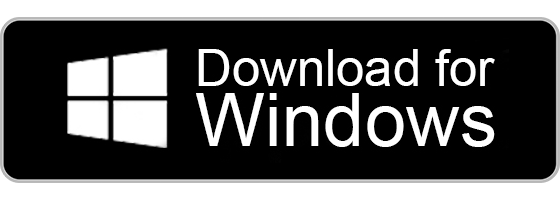Building the Generation of Innovators with
Atal Tinkering Labs
STEMpedia provides one stop solution for Tinkering Labs: Lab Equipment Supply, Commissioning, Teacher Training, Curriculum, Student Workshops, Mentoring and Compliance!


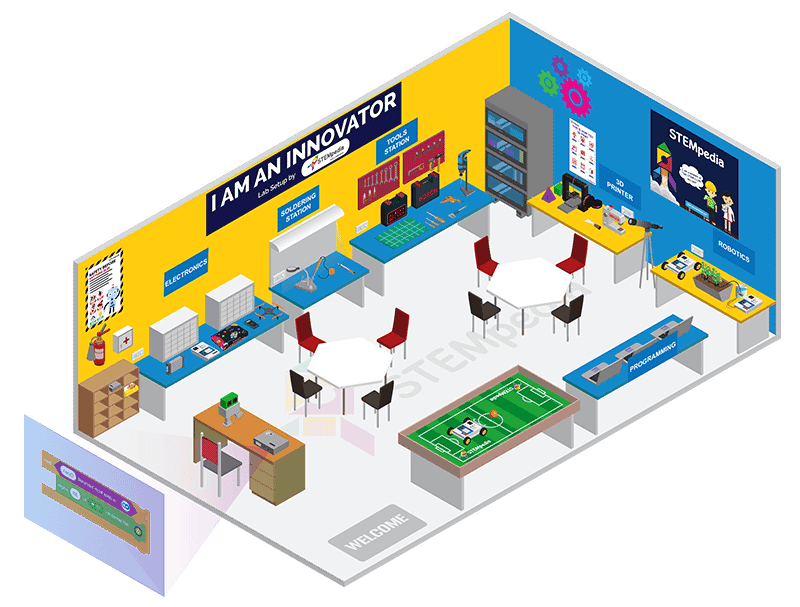
One Stop Solution for Tinkering Labs: Lab Equipment Supply, Commissioning, Teacher Training, Curriculum, Student Workshops, Mentoring and Compliance!
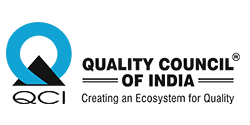
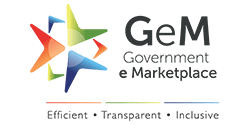

States Reached

Tinkering Labs Setups
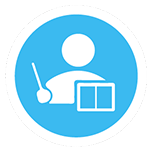
Teachers Trained

Students Impacted
Atal Tinkering Lab: The Key to India’s Brighter Future
Atal Tinkering Labs (ATL) is an initiative of the Government of India under the flagship program of Atal Innovation Mission (AIM). The program aims to foster creativity and innovation among young students in India by providing them with access to cutting-edge technology and tools. ATL was launched by the Hon’ble Prime Minister of India, Shri Narendra Modi, in 2016, as a part of the government’s efforts to promote a culture of innovation and entrepreneurship among young students in the country.
STEMpedia provides for the ultimate solution to creating a cutting–edge Tinkering Lab for both government schools and private schools! Our packages offer everything you need, from applying for the Lab to complete ATL Setup, Teachers Training, and round–the–clock support. Our Labs are equipped with the latest technology such as 3D printers, robotics kits, electronics components, and other tools to help students explore and bring their ideas to life while fostering the crucial 21st–century skills required to succeed today. All packages are available through the GeM (Government e-Marketplace)!
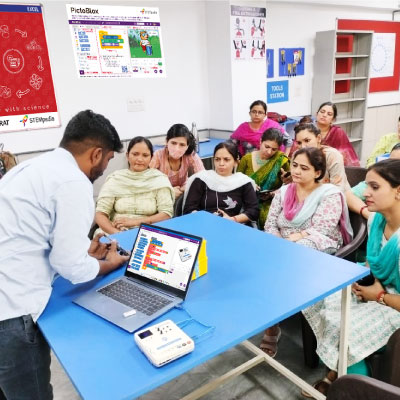
Teacher Development Program on ATL conducted by STEMpedia’s expert to empower the teachers at SKVP School.
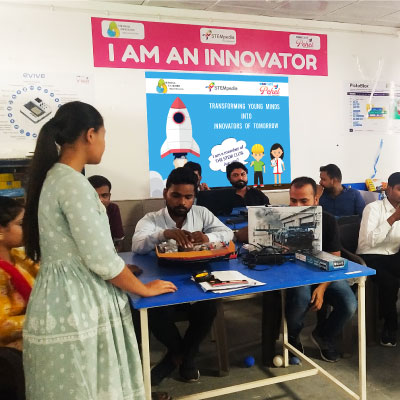
Teacher’s Skilling Program on ATL Labs is conducted by STEMpedia’s Master Trainer in association with SBI Card Pehel and Sumangal Foundation.
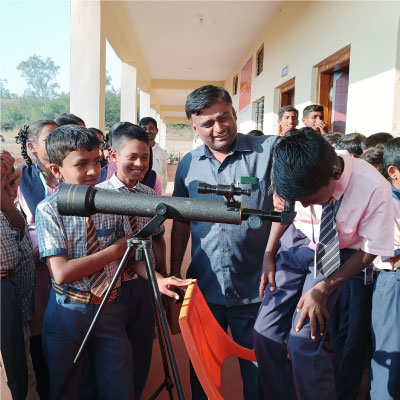
A curious student from Vishwa Gyan Vahini School engaging with the telescope with focused attention to understand the concept of celestial objects.
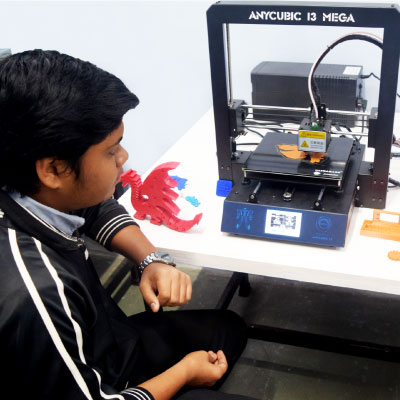
A student showing his creation made with 3D Printer in ATL Lab.
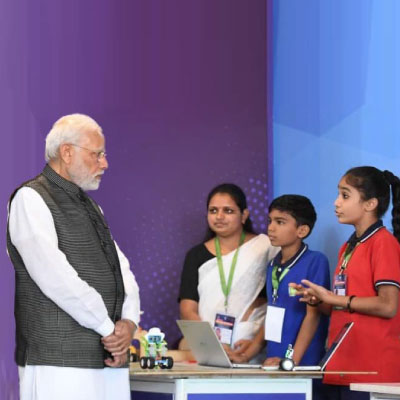
Students explaining the innovation to the PM of India Mr. Narendra Modi on the inauguration of ATL Labs in Gujarat.
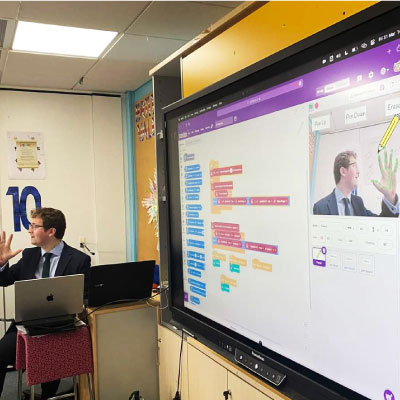
A professor from Willow Tree Primary School, London teaching Artificial Intelligence to its students using PictoBlox.
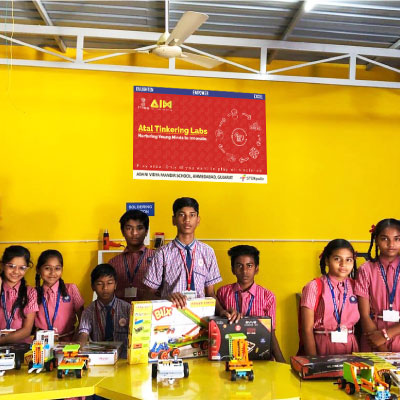
Students showcasing their innovative projects at Shital Saurabh School
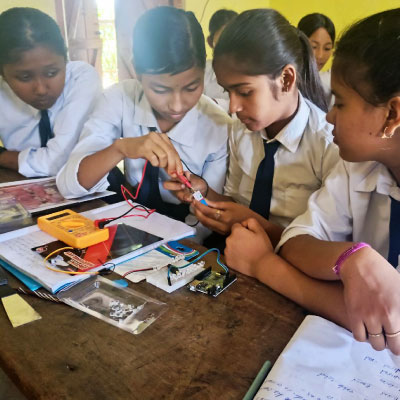
Students Training at Assam on Atal Tinkering Lab where Students are indulged into Tinkering activities.
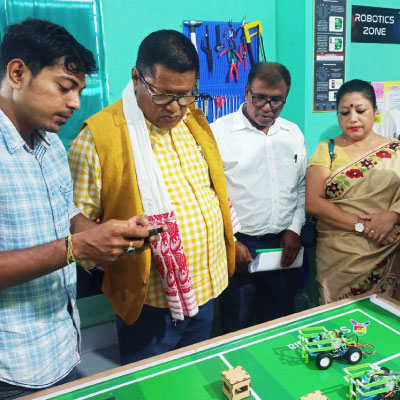
Assam’s Education Minister indulging in robotics with Expert Trainer of STEMpedia
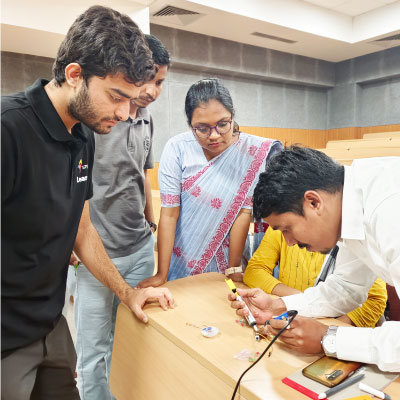
200+ teachers from Assam were trained on coding, AI, Robotics and Tinkering by STEMpedia’s Experts.
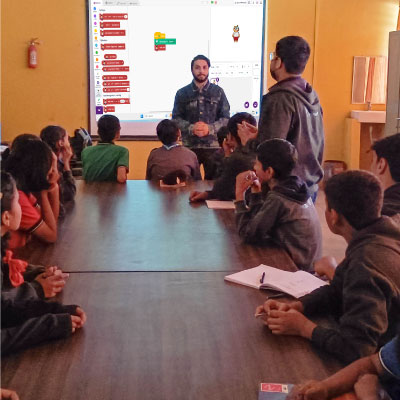
Students engaged in learning Coding with PictoBlox by STEMpedia’s Expert Trainer at KV Gandhinagar for Codeavour 2022.
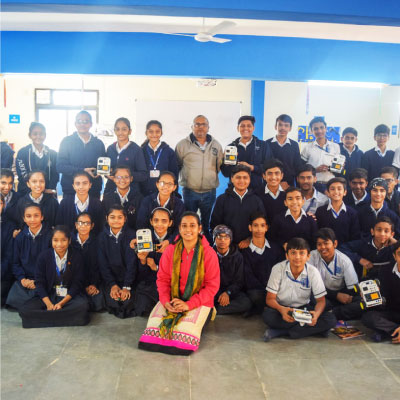
Students learning Coding on PictoBlox at KN Shah Modasa.
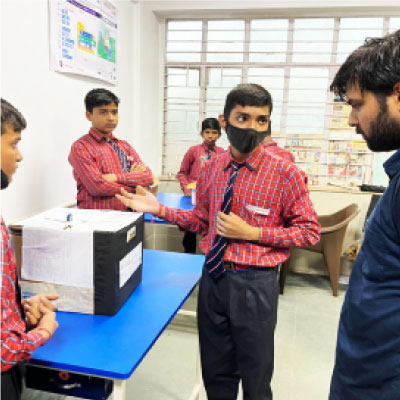
Students Showcasing their Innovative Tinkering Project and its usability to experts at Tinkerthon SBI Card Pehel ATL.
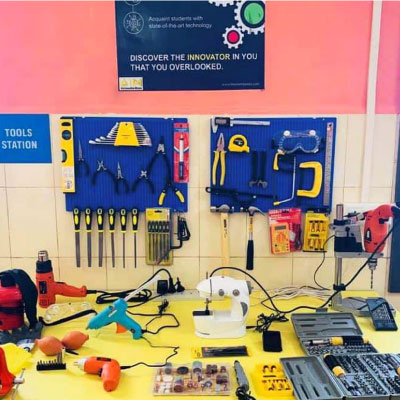
Tool station setup as a part of ATL Lab at KV Gandhinagar for conducting tinkering activities.
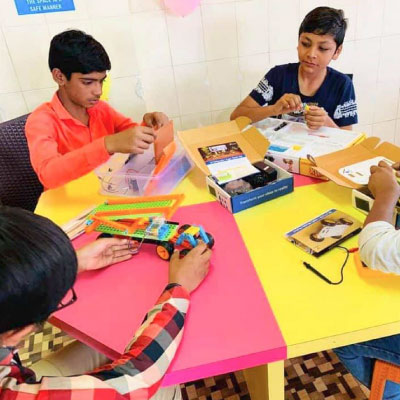
Students engaging in Tinkering activities in ATL Labs setup at KV Vidyamandir
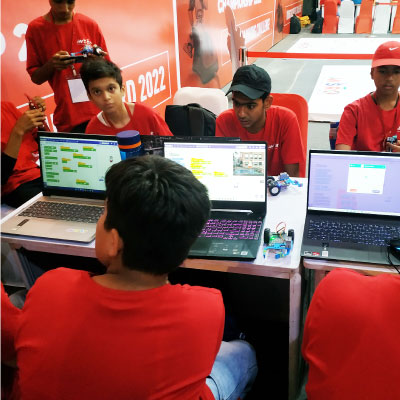
Students from Adani Vidya Mandir showcased their talent at WSRO Competition and won prizes for the same.
Programs and Packages Designed for All!
STEMpedia offers comprehensive solutions for all type of Tinkering Lab, whether they are funded by the Central Government, State Governments, or through Corporate Social Responsibility programs.
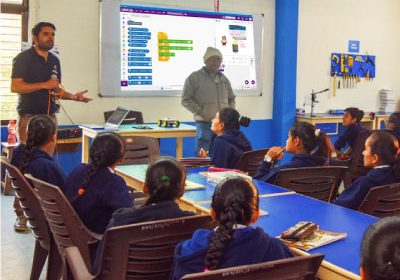
Government Funded
Under this program, Niti Aayog funded, both government and private schools, benefit from a five-year government support system. STEMpedia provides all the service to these schools from lab set to compliances.
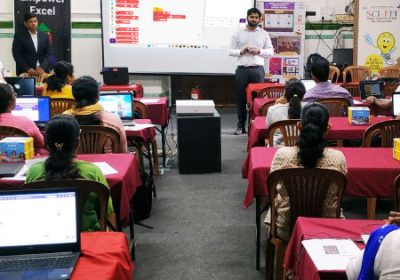
State Funded
The state government also implement program to establish Tinkering Labs in the government schools of the state. To date, STEMpedia has successfully established Tinkering Labs in Assam, Uttrakhand, Gujarat, and Sikkim for State Governments.
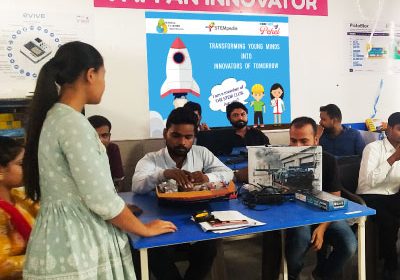
CSR Funded
Under this program, CSR Agencies provides the funds needed to carry out projects in the Tinkering Lab. STEMpedia have collaborated with more than 10 CSR organizations to build labs, develop the skill sets of teachers, and host contests in schools.
Inspiring Stories: How Our Customers Found Success
Stories of transformation have emerged from the schools enriched with STEMpedia‘s tinkering labs. Explore the success stories of these educational institutions and the positive impact they are having on their students!
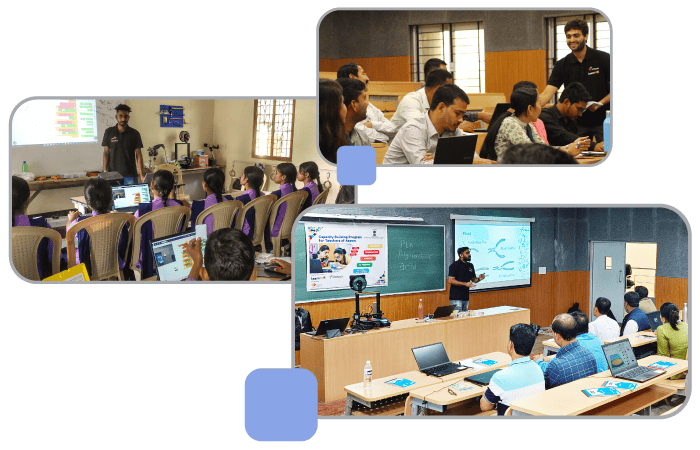
Assam Tinkering Lab
It was nothing short of remarkable that we were able to successfully establish 69 Atal Tinkering Labs (ATL) in Assam. We expeditiously provided solutions throughout the lab setup process and conducted a Teachers Development Program at IIT Guwahati where over 200 teachers were trained. Students are now equipped with hands-on activities.
Codeavour Success Story
Codeavour 22 provided the chance for young innovators around India to gain exposure to emerging technologies like AI and machine learning by participating in our competition. Through our outreach to Atal Tinkering Labs, we on-boarded 167+ schools and 5900+ students with NITI Aayog, thus creating the potential for an enormous impact.
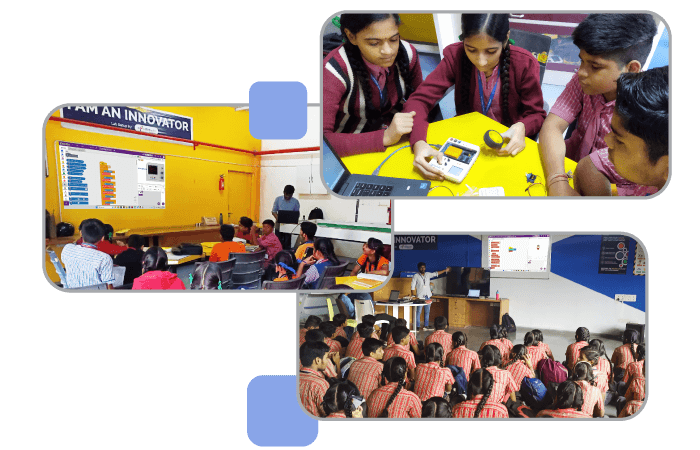
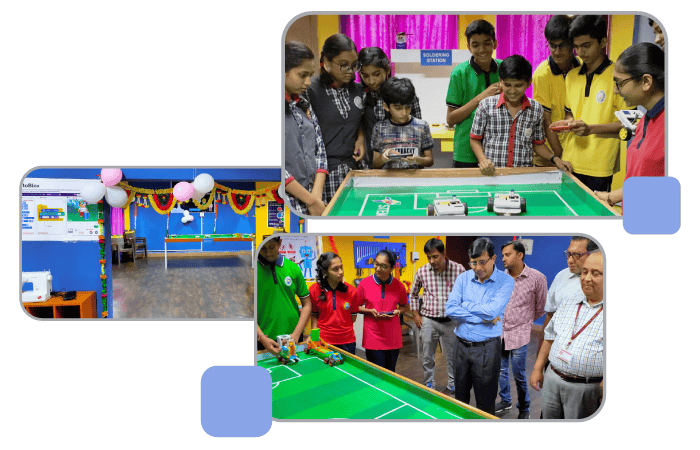
KV ONGC Success Story
The collaboration between STEMpedia and KV ONGC, Surat leading up to the establishment of the ATL Lab has been a remarkable success story, with plentiful workshops and teachers development program driving lab functioning. This stellar initiative has enabled more than 200 students to discover and delve into the captivating world of STEM.
SBI Card Pehel Success Story
SBI Cards’ “Pehel” is an initiative that aims to unlock the potential of young minds in STEM Studies by setting up 25 (Atal Tinkering Labs) ATLs, across various government schools in Delhi-NCR & Haryana. Our goal was to provide skill education through STEMpedia’s crafted state-of-the-art equipment on electronics, robotics, and sensors, along with 3D printers and computers which empowered 10,000+ students.

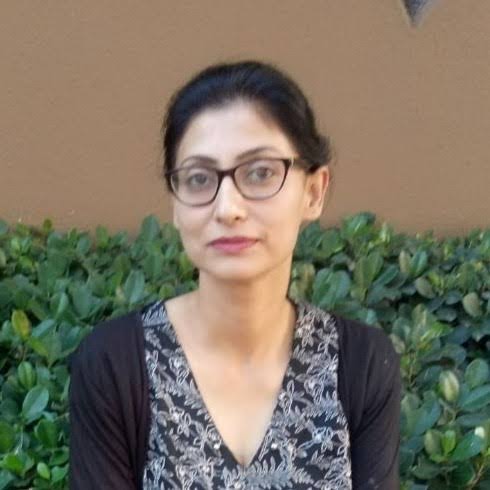
“As a Principal, I am delighted with the ATL Lab Setup and Support Services provided by STEMpedia. The team has been extremely supportive and responsive to our needs, ensuring that our lab is always up and running smoothly. The labs are equipped with cutting-edge technology and resources that have allowed our students to develop essential skills and gain a deeper understanding of STEM concepts.”

“There are many complications faced by teachers and school as a whole in teaching AI and Coding to students but with the positive mindset and ATL lab set up by STEMpedia we were able to overcome every challenge. WE appreciate STEMpedia for their support and assistance for the efficient functioning of Lab. I highly recommend STEMpedia’s ATL Lab Setup and Support services to any school looking to provide top-notch STEM education to its students.”

“The AI and Robotics lab set up at our school, along with the teacher training on coding and robotics, has been a great help to us. The learning experience with PictoBlox and Quarky has been amazing, and all of my students are enjoying it tremendously.“
Synergy of Success: Our Growing Network
With the collaborative efforts of our school and the government in fostering innovation through Atal Tinkering Labs (ATL), we provide students with the tools, resources, and opportunities to unleash their creativity and turn ideas into reality.
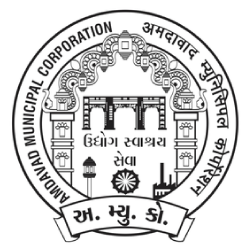
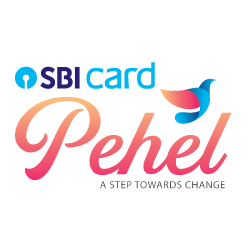

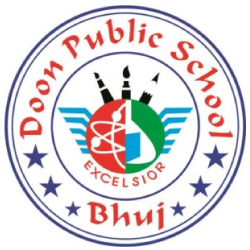

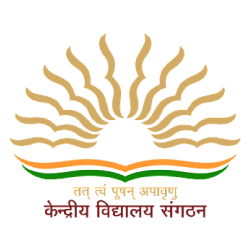
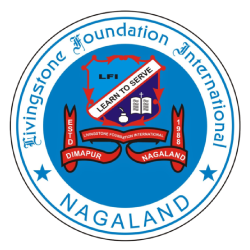
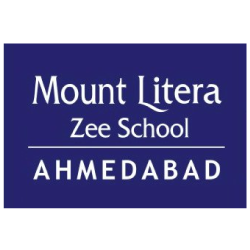
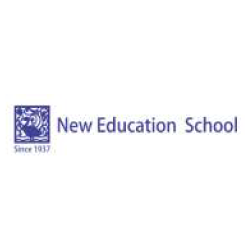
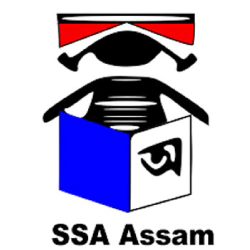
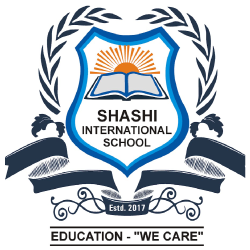
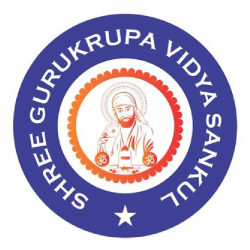

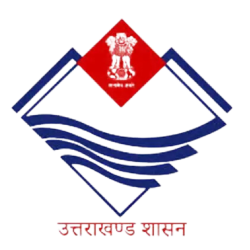

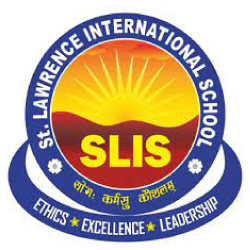
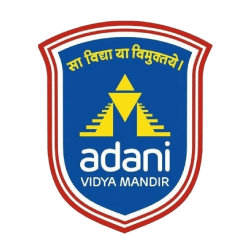
What Does STEMpedia do in Tinkering Labs?
Supply of ATL Equipment
Training & Yearlong Support Program
Competitive Support
Round-the-Clock Assistance
2 Year Warranty & LMS Access
Free Software and Mobile App
ATL Packages
Explore all the packages of ATL Setup with free year-long Atal Tinkering Lab curriculum design by in-house experts and 500+ projects and online tutorials on electronics, programming, robotics, and ATL equipment
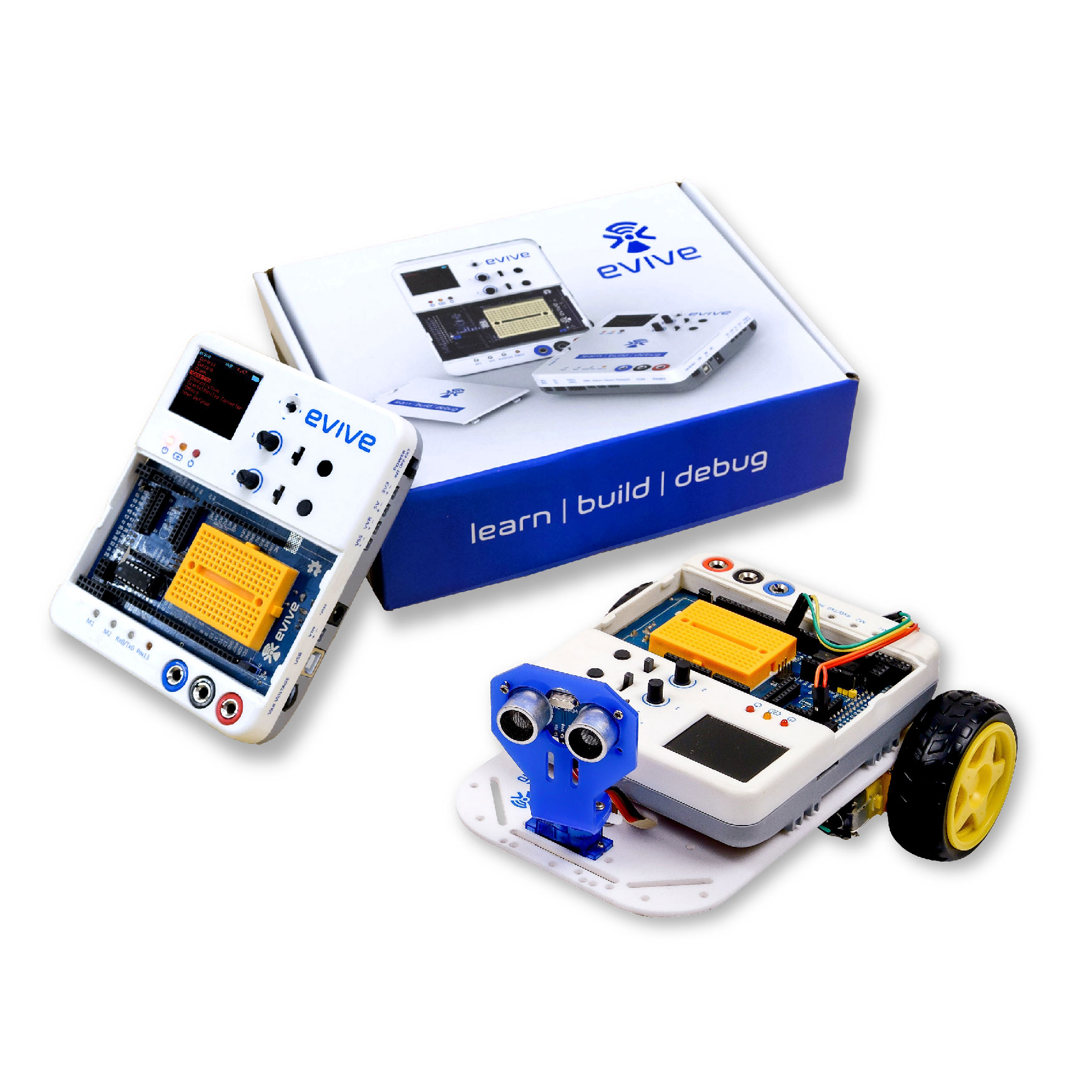
ATL Package 1 (P1)
Package 1 provides an immersive, hands-on learning experience in STEM – including electronic development, the Internet of Things & sensors, DIY STEM kits, and free programming software (PictoBlox).
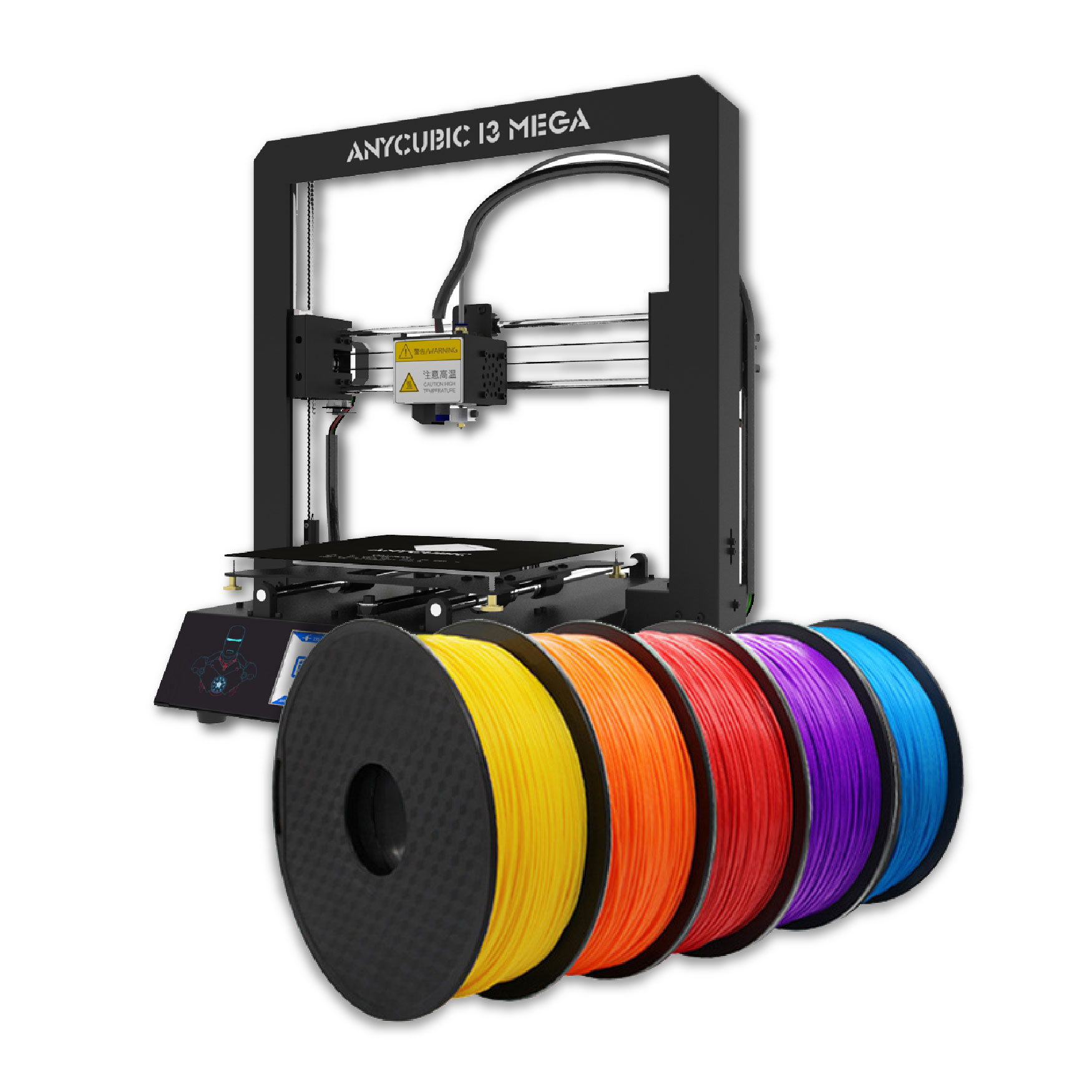
ATL Package 2 (P2)
Package 2 features a 3D Printer and comprehensive supplies for 3D printing, rapid prototyping, and DIY crafting – filament rolls, containers, cardboard, foam core board, etc. – as listed on the ATL Equipment List.
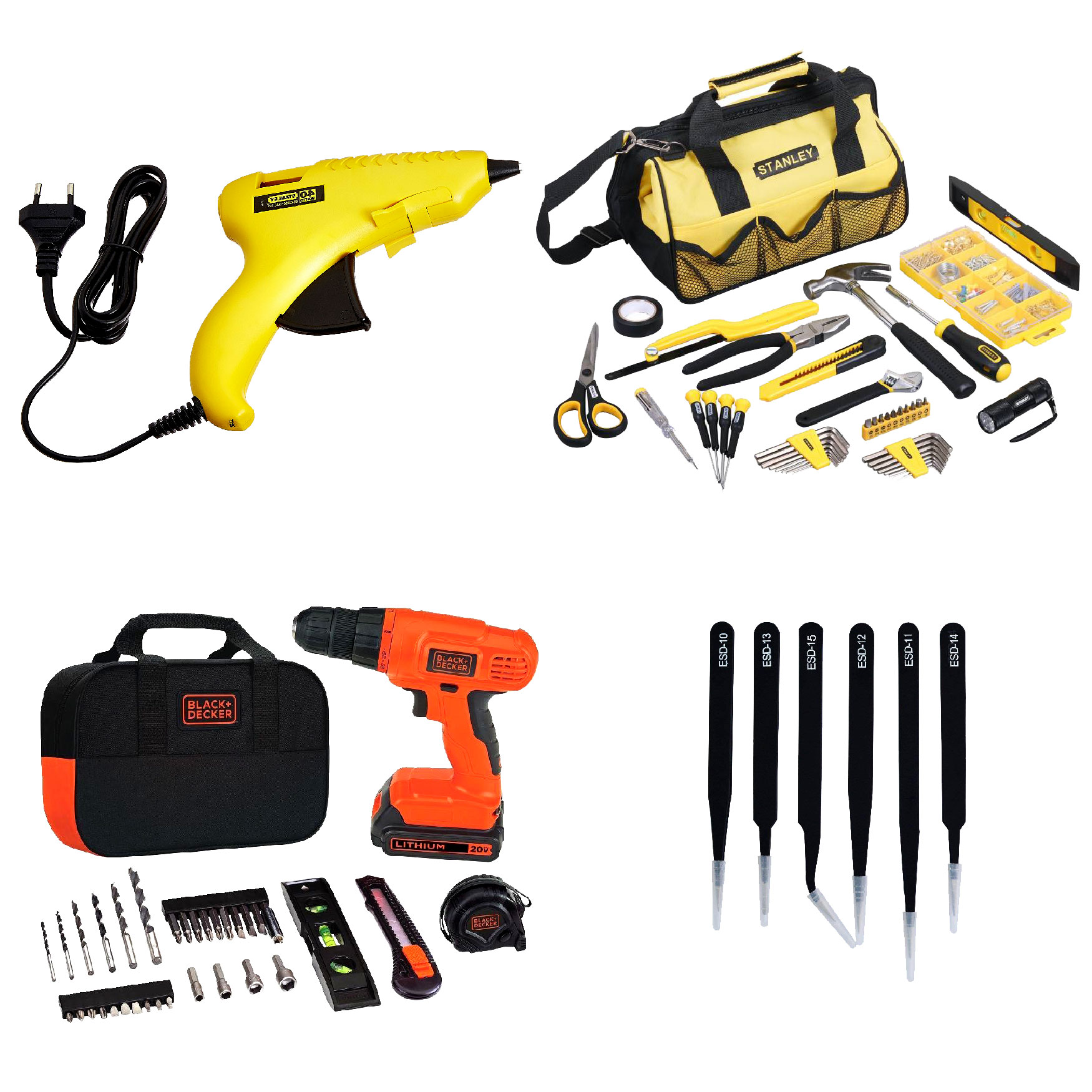
ATL Package 3 (P3)
Package 3 provides premium tools like Stanley and Black and Decker to electrically and mechanically prototype, including a set of drills, soldering gear, a multimeter, and a telescope.
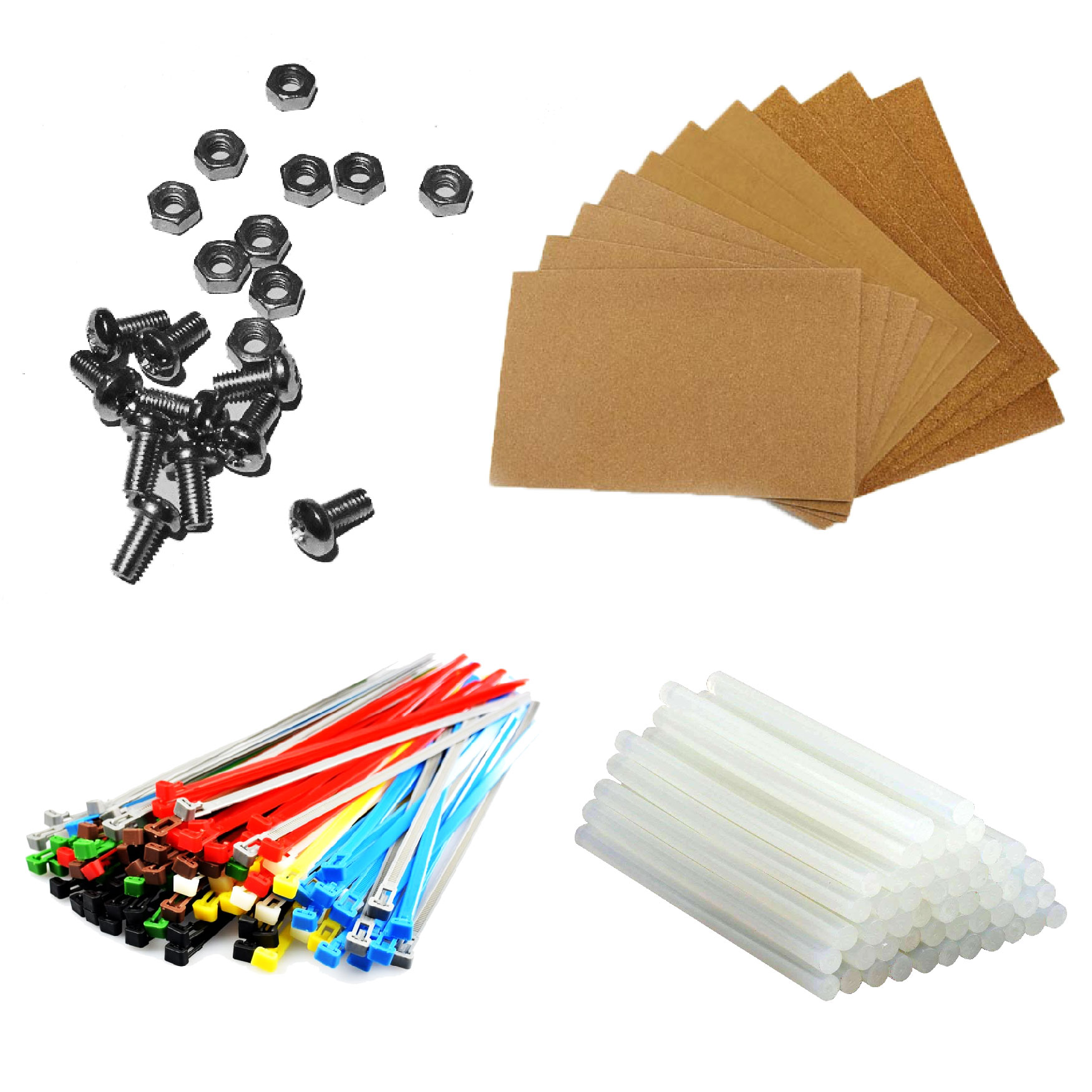
ATL Package 4 (P4)
Package 4 provides tinkering components such as adapters, sandpaper & cable ties, as well as essential safety items including first aid kits, safety masks, fire extinguishers, and safety goggles.
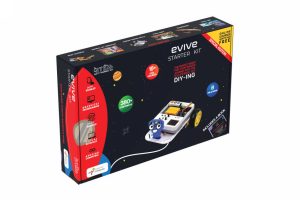
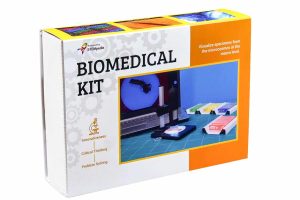
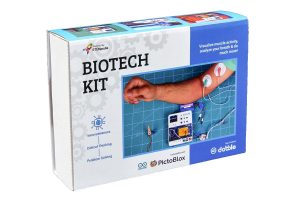
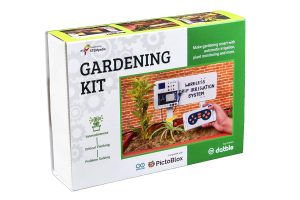
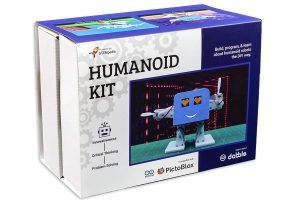
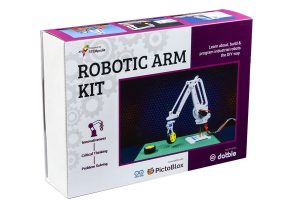
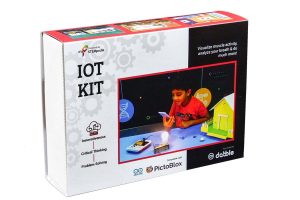
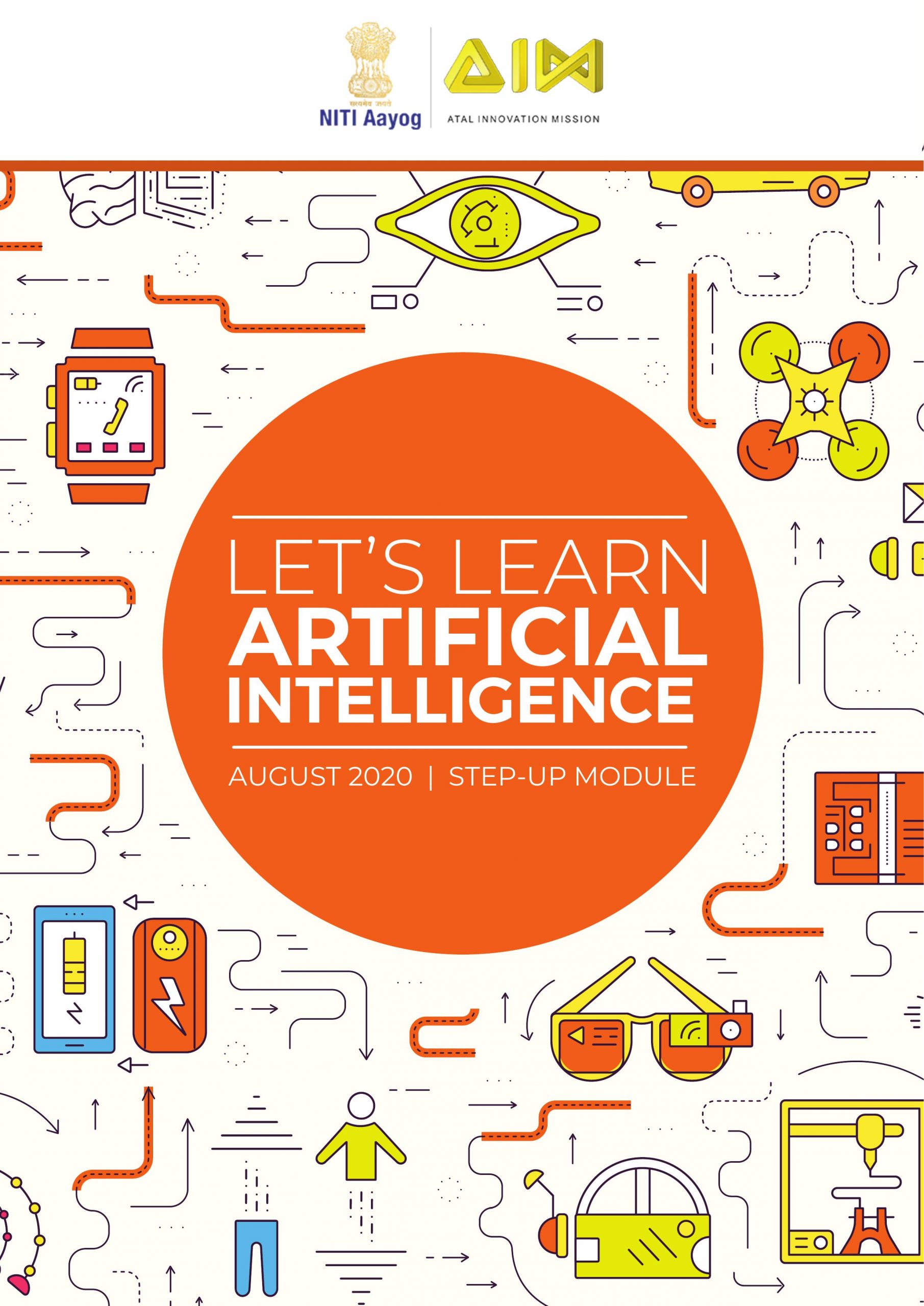
AI Module by Atal Tinkering Lab
With Niti-Aayog and NASSCOM, STEMpedia collaborated to bring AI Education to all the Atal Tinkering Labs with the introduction of the AI Module. This module is designed to give young innovators the opportunity to learn AI and harness its potential to create meaningful change in society. The AI Step Up Module is a follow-up to the AI Base module and includes Practical Activity Books and Activities to facilitate a practical, hands-on understanding of AI.
Empowering Kids with the Right Future Skills

Coding - Graphical & Python

Artificial Intelligence
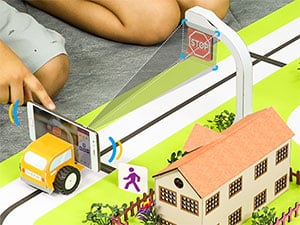
Electronics

Robotics
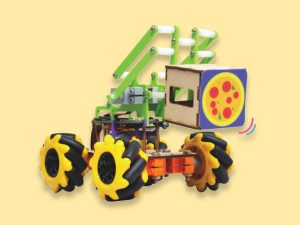
Tinkering
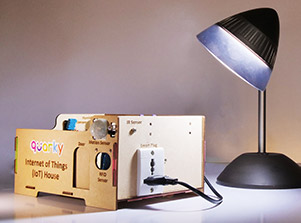
Internet of Things (IoT)
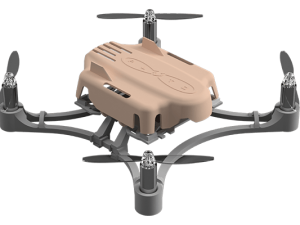
Drone
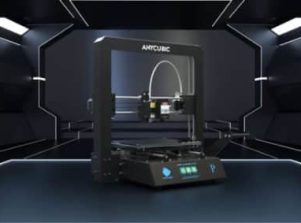
3D Printer
Let's Embark on an Extraordinary Educational Journey!
Get in Touch
FAQs on Tinkering Lab, Curriculum, and Teacher Training
ATL stands for Atal Tinkering Lab. In a bid to make its impact on the world with a vision to ‘cultivate 1 million children in India as neoteric innovators’, the think tank of India, NITI Aayog, has established a network of ‘Atal Tinkering Labs’ (ATL) under the Atal Innovation Mission (AIM) with the objective to endorse STEM system of education, by cultivating curiosity, creativity, and imagination in the young India. An ATL is a workspace where young minds can give shape to their ideas through a do-it-yourself approach and inculcate skills such as adaptive learning, computational thinking, physical computing, and rapid calculations, among many others.
Schools (Grades VI – X) that come under the central/state government, local bodies (municipality/Nagar Nigam), private trusts/society, or the tribal/social welfare department can apply for setting up ATLs in their campus.
Note: Applications have been closed for the year 2018-19.
₹ 20.00 lakh in total – A one-time establishment charge of up to ₹ 10.00 lakh is provided for each ATL in the first year for instruments, prototyping equipment like do-it-yourself kits, 3D printer, electronic tools, etc.
The remaining ₹ 10.00 lakh is provided over a maximum period of 5 years for operating the ATL, maintenance of equipment, purchase of consumables, organizing popular science lecture series, innovation events, scientific activities, and competitions, and for payment of honorariums to the faculty and mentors involved.
Applications will be accepted from eligible schools to establish ATL.
The selection criteria are:
| Criteria | Parameters |
| Infrastructure |
|
| Faculty | Dedicated & qualified staff for Maths & Sciences |
| Reach |
|
The parameters to be used for the evaluation of schools:
| Criteria | Parameters |
| Performance of students |
|
| Participation in extra-curricular science activity | Participation level in Science Innovation Fair/events |
| Reach |
|
Selection Process Timeline:
For schools in hilly regions or in islands, the minimum area requirement has been reduced to 1000 sq. ft. The schools need to mention the same by stating in the Letter of Principal that they are located in a hilly region/island and need a space concession.
Schools that wish to set up an ATL in their premises must visit http://www.niti.gov.in and submit their application online. Furthermore, a declaration form on the school letterhead must be submitted online by the school.
The list of the documents along with complete instructions is mailed to the selected schools on their registered e-mail id.
Using the Grant for Setting Up the ATL
- An establishment cost (one-time) of up to Rs. 10 lakh is granted to each ATL, which can be used for the following:
- Up to Rs. 7 lakh for procuring equipment as mentioned in the ATL list of equipment in the first 2 to 3 months after receiving the grant.
- Up to Rs. 1.5 lakh for purchasing laptops and a projector in case there isn’t any prior arrangement in the ATL/school.
- Up to Rs. 1.5 lakh for refurbishing the ATL: repairing/replacing the electrical fittings, internet facility, acquiring furniture such as tables and chairs, storage boxes, printing banners, boards etc
Using the Grant for Operation and Maintenance
Rs.10.00 lakh is provided to each ATL in instalments of Rs.2.00 lakh per year (over a period of 5 years). The O&M grant can be used for the following purposes:
- Repair & Maintenance of ATL equipment
- Purchase of consumables/spares
- Travel allowance to the ATL faculty and/or ATL students for attending events, meetings, and training programmes organized by AIM
- Organising intra and inter-school ATL related events such as the ATL Tinkerfest, ATL Marathon, ATL mentor sessions, competitions, guest lectures, hands-on workshops for students, training workshops for teachers, and community outreach
- Payment of token honorarium to one ATL-in-charge (only) up to maximum Rs. 5000 per month.
The school cannot use the grant for:
- Paying the salaries of the ATL-in-charge, teachers, assistants, equipment vendors, and mentors
Up to Rs. 1.50 lakh from the grant can be used for this purpose. As per the Grant Utilization guidelines, the grant can be used for renovating the ATL in the matter of:
Electrical fittings, Internet facility, painting and whitewashing, arranging furniture, storage boxes, printing banners and boards, etc.
Yes, the school needs to have a separate bank account for the ATL. The bank account should be in the school’s name in a nationalised bank or any bank having CBS (Core Banking Solution) facility. The school can maintain its existing account only if the account is in the school’s name. If the school doesn’t have a bank account in its name then it needs to open a bank account in the name of :
<Your School name as per NITI List + ATL GRANT> (No abbreviation allowed) either with State Bank of India or with another nationalised bank or with a bank having CBS (Core Banking Solution) facility.
Schools with ATLs must use the PFMS system (https://pfms.nic.in/) for all transactions in connection with the ATL grant.
It is also advised to the schools to list down their vendors on PFMS and use this method for all kinds of payments and advances given to them.
Rs. 500 is the upper limit on cash transactions on an appropriate cash voucher(s) and/or bills.
Transactions via PFMS online transfer (PPA mode) are a must in case they are above Rs. 500. Bills must be provided for the same.
In case the Internet and the PFMS system are not available, the school can use either a cheque or NEFT.
The school, after receiving the grant, must arrange the equipment to make it functional.
The school is obligated to set up the ATL, inaugurate it, and make it viable within 3 months of acquiring the grant and the guidelines.
Below are the guidelines for the process of procuring the equipment:
All schools with ATLs are obligated to purchase equipment as per the following two ATL Equipment lists:
http://aim.gov.in/pdf/ATL-Equipment-Batch-of-60.pdf
http://aim.gov.in/pdf/ATL-Equipment-Batch-of-90.pdf
All the equipment considered necessary as suggested by experts have been classified into the following four packages:
P1 – Electronics Development, Robotics, Internet of Things, and Sensors
P2 – Rapid Prototyping Tools
P3 – Mechanical, Electrical, and Measurement tools
P4 – Power Supply, Accessories and Safety equipment
The schools can take help of resources on http://aim.gov.in/resources.php to understand about components and equipment.
An indicative list of vendors has been announced by NITI Aayog. The list, however, is neither exhaustive nor mandatory; it is indicative and suggestive. Schools can obtain material from other sources as well in accordance with their convenience, quality, and pricing. This decision can be taken at the school’s discretion.
The suggestive list of vendors is mailed to all selected schools on their registered e-mail id.
Yes, the schools can change their registered e-mail id. The concerned school must send a formal mail from their new e-mail id at atlhelp-niti@nic.in requesting a change and stating the reason for the same. Please mention your school name and unique id in all such e-mails.
If any students from the nearby schools or the community are interested in accessing the ATL or working with the students of the concerned school, then the school with the ATL must permit them to do so. The schools are not allowed to charge anyone for accessing the ATLs.
It is possible for any external organization including NGOs to partner with a school with an ATL. However, no financial transactions of any kind are allowed from the ATL grant.
All schools with ATLs are obligated to put up the ATL banner outside the main gate of their premise and at the entrance of their ATL. The banner can be downloaded from http://aim.gov.in/guidelines-for-school.php.
They must also put up the ATL posters inside the lab. The posters can be downloaded from http://aim.gov.in/guidelines-for-school.php.
AIM’s logo can be used on posters, banners, and standees which are created for intra and inter-school events related to ATL such as:
- ATL Tinkerfest
- ATL Marathon
- ATL mentor sessions
- ATL School of the Month
- ATL Community Day
- ATL Hands-on workshops for students.
- ATL Teacher Training Workshops
The logo can also be used on the certificates given to students during such events.
The following points are to be kept in mind when using AIM’s logo:
- The logo must be prominently displayed with no interferences from other text or design.
- The dimensions of the logo must remain unchanged i.e. the aspect ratio must not be distorted.
- The logo cannot be used as a watermark with text or any graphics over it.
- The logo must be displayed at the top-centre of all banners, posters, standees and other such creatives. When using multiple logos, the AIM’s logo may be displayed at the top right corner.
- Getting an explicit permission from NITI Aayog is mandatory for any additional use.
- All the files must be deleted once the work is complete in order to prevent their ill-usage. In case it occurs, the original recipient of the logo will be held accountable.
Resources:





